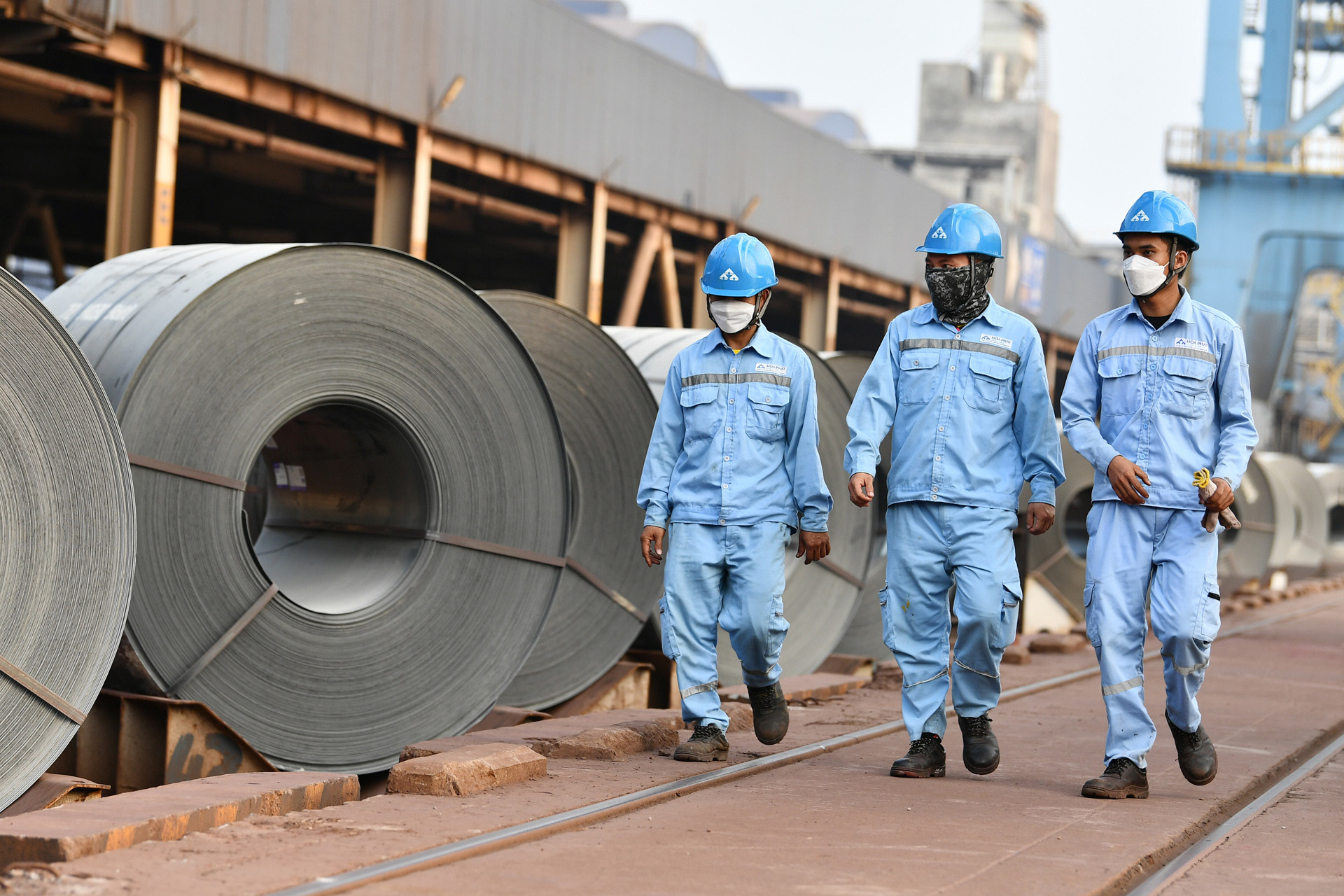
Vietnamese businesspeople underwent a lot of ups and downs in the past. After doi moi (renovation) when Vietnam recognized the multi-sectoral economy, businesspeople began turning up before the public.
The development path of private sector
1990 was considered the starting point of the Vietnamese entrepreneurship development process. It was the time when the existence, operation and development of private enterprises were legally recognized. At the same time, the subsidies reserved for state-owned enterprises were eliminated, nationalized businesses were shifted into state-owned enterprises with autonomy which could determine their business based on market principles.
In 2011, private enterprises were identified as an indispensable component of the economy. And only recently have they been recognized as an important driving force of the economy.
Vietnamese businesses experienced many different development periods, from doing illicit business, to doing things allowed by the state, and then doing things the state did not prohibit, and finally, to doing things which are not banned by laws.
Nowadays, business rights have been expanded and business freedom is protected by the laws.
Over the last 30 years, businesses of different economic sectors have been developing steadily in both quantity and quality, step by step becoming the central force of the national economy.
After 25 years of development, by 2016, Vietnam had 500,000 operational businesses, or 17 times higher than that in 1999. Nowadays, there are 930,000 business in operation.
However, the figure is lower than the number of 1 million enterprises Vietnam strived for by 2020 (Resolution 10 in 2017) and 1.5 million by 2025.
Business density in population
While developing rapidly, the number of enterprises remains modest and the density of businesses in population is still slow.

Regarding the business distribution in economic zones, 70 percent of operational enterprises are located in Red River Delta and the southeast region. There are 9 enterprises per 1,000 people of working age on average. The density of businesses is even lower in some localities, just 1-3 businesses per 1000 people.
About 70 percent of enterprises operate in three fields – manufacturing (16 percent), construction (14-15 percent) and retail/wholesale and vehicle repair (37 percent). The number of enterprises in the fields of high-quality service and high added value (such as logistics, science and technology, healthcare, education and training and entertainment industries) remains very low.
Regarding the operation scale and forms of businesses, micro businesses account for 70 percent, small businesses 25 percent, medium 3.5 percent and large enterprises 2.6 percent.
Small enterprises incur big losses
The number of enterprises is small, while the increase in number of operational enterprises annually is not high and is on the decline. Therefore, the targets in number of enterprises are unattainable, while the distance to the targets is becoming further.
The majority (70 percent) of enterprises are micro and Vietnam is lacking medium enterprises which are the bridge between large and small/micro businesses.
Only 40 percent of domestic private enterprises are profitable. The ratios are 50 percent in FIEs (foreign invested enterprises) and 80 percent in SOEs (state-owned enterprises). Meanwhile, 47 percent of FIEs report losses, while the figures are 50 percent and 20 percent for domestic private and SOEs, respectively.
If classifying businesses based on operation scale, less than 30 percent of micro businesses report profit. Nearly 2/3 of SMEs and 70 percent of large corporations make a profit. Meanwhile, 55 percent of tiny businesses, one third of small enterprises, one fourth of medium sized, and one fourth of large corporations report losses.
The figures show that larger enterprises make bigger profits.
All the indexes of domestic private enterprises are just equal to 20-60 percent of that of FIEs. Only 20 percent of enterprises in the service sector such as healthcare, education and training, and entertainment can make a profit.
Except for the Red River Delta, the proportion of profitable enterprises in five regions is on the decline. The business results of enterprises in the Central Highlands, northern part of the central region and coastal central provinces are very low in comparison with other regions. The enterprises in the southeast region are weakening in all aspects.
Domestic private enterprises are inferior to FIEs in both integration capability and competitiveness in the home market.
Lan Anh